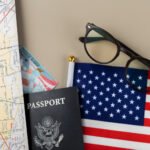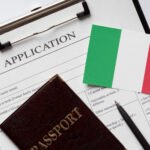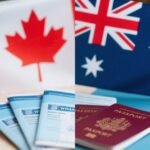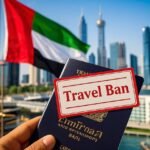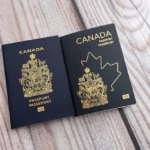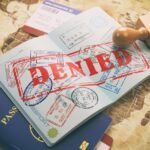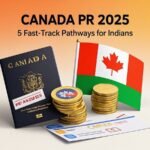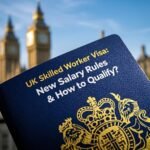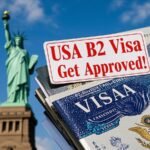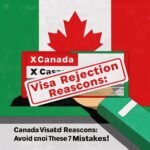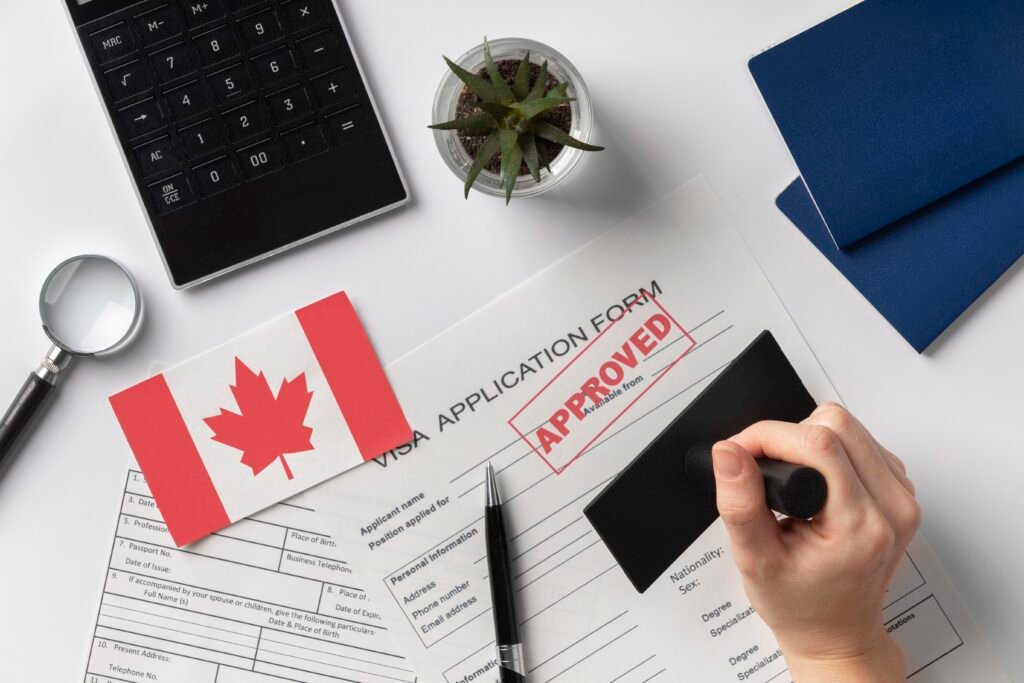The B1/B2 visa, issued for business and tourism purposes, is one of the most commonly applied U.S. visas. However, many applicants face B1/B2 visa rejections, often due to avoidable mistakes or misunderstandings. In this guide, we’ll explain the most common B1/B2 visa rejection reasons, offer actionable tips to avoid refusal, and share a detailed visa rejection appeal letter template with bonus success strategies.
Common B1/B2 Visa Rejection Reasons
Inadequate Ties to Home Country
U.S. visa officers want to ensure applicants will return to their home country after their visit. If you can’t prove strong social, economic, or familial ties, your application may be denied.
- Lack of job stability or business ownership.
- No family dependents or property in home country.
- Unclear travel purpose.
Related: What Are Strong Ties for a US Visa?
2. Poor Financial Documentation
The consulate needs assurance that you can finance your trip without working in the U.S.
- Bank statements that don’t match your claimed income.
- Sudden deposits right before applying.
- No proof of accommodation or travel bookings.
Related: Financial Requirements for US Visa
3. Inconsistent or Incomplete Information
Any discrepancy between the DS-160 form and your verbal responses during the visa interview could lead to rejection.
- Mismatched travel history.
- Inconsistent job history or reasons for visit.
- Wrong dates or spelling errors.
4. Prior Immigration Violations
If you’ve previously overstayed a visa, worked illegally, or violated visa terms in any country, it may impact your new application.
- U.S. or Schengen zone visa overstay.
- Deportation or entry bans from any country.
5. Weak Purpose of Visit
The purpose of your trip should be clear, genuine, and verifiable.
- “Just tourism” without any planned itinerary.
- No invitation letter for business-related visits.
- No clear duration of stay.
Related: Sample Invitation Letter for US Visa
How to Avoid B1/B2 Visa Refusal
1. Be Honest and Transparent
Visa officers are trained to detect inconsistencies. Be clear about your travel plans, finances, and personal background.
2. Provide Strong Supporting Documents
Include:
- Bank statements (last 6 months)
- Employer NOC letter
- Property ownership proof
- Travel insurance
- Detailed itinerary
Related: DS-160 Form Guide
3. Prepare for the Interview
- Dress professionally.
- Be confident, not overly friendly or evasive.
- Practice answers to common questions.
- Keep answers brief and focused.
Related: US Visa Interview Questions and Answers
4. Show Ties to Your Home Country
You need to prove that you will not overstay in the United States. Examples:
- Full-time job offer letter
- Family (spouse/children) living in home country
- School admission or ongoing education
- Mortgage or rental lease
What to Do After B1/B2 Visa Rejection
- Review your rejection letter (typically 214(b))
- Understand the refusal reason clearly.
- Reapply only after addressing the issues.
- Alternatively, write a visa refusal appeal letter to the consulate (though this isn’t common practice in all embassies).
B1/B2 Visa Rejection Reasons (Appeal Letter)
Use this template to request reconsideration:
Subject: Request for Reconsideration of B1/B2 Visa Refusal (Case #XXXX)
Dear [Consulate Officer],
I respectfully appeal my visa refusal dated [Date]. Since my interview, I’ve addressed the concerns:
- Stronger Home Ties: Attached my property deed (Page 3) and employment verification letter.
- Detailed Itinerary: Included confirmed hotel bookings (Booking.com #XXXX).
- Financial Proof: Added 6-month bank statements showing a $8,000 balance.
I understand the importance of compliance and assure you of my return to [Home Country] after my trip. Thank you for reconsidering.
Sincerely,
[Your Name]
[Passport Number]
[Contact Info]
Note: File appeals via the US Visa Appeals Portal.
FAQs : B1/B2 Visa Rejection Reasons
Q1. Can I reapply immediately after rejection?
A: Yes, but address refusal reasons first. Wait 3-6 months for significant changes (e.g., new job).
Q2. Does a rejection affect future applications?
A: Only if you misrepresented facts (INA 212(a)(6)(C)(i)).
Q3. How long does appeal pQ1: Can I appeal a B1/B2 visa refusal?
In most cases, U.S. consulates do not accept formal appeals for tourist visas. Instead, applicants can reapply after correcting the issues.
Q4: How long should I wait before reapplying after rejection?
There’s no fixed timeline, but it’s wise to wait 2-3 months and reapply only after making substantial changes in your application.
Q5: Is it possible to get a visa after one or two refusals?
Yes, many applicants get approved in their second or third attempts, especially if they provide strong new evidence and fix previous issues.rocessing take?
A: 4-12 weeks. No guarantee of approval.
Q6: What should I say during the interview to avoid rejection?
Be clear about:
- Purpose of visit
- Duration of stay
- How you will support yourself
- That you’ll return home after your trip
Q7: What documents increase chances of visa approval?
- Employment proof
- Bank balance
- Invitation letter (if applicable)
- Travel itinerary
- Return flight booking
Conclusion
Getting a B1/B2 visa rejection can feel disappointing, but it’s not the end of the road. By understanding visa rejection reasons, preparing better, and submitting a professional appeal or reapplication, your chances of approval can significantly increase. Always be honest, consistent, and confident in your approach.
- US Visa Denial Statistics
- DS-160 Form Guide
- Visa Interview Tips
- How to Get a US Visa as a First-Time Applicant
- Tourist Visa Interview Preparation Guide
- How to Write a Strong Cover Letter for US Visa
Read Our Latest Blog About: Canada Student Visa Rejection Reasons : How to Avoid Refusal



